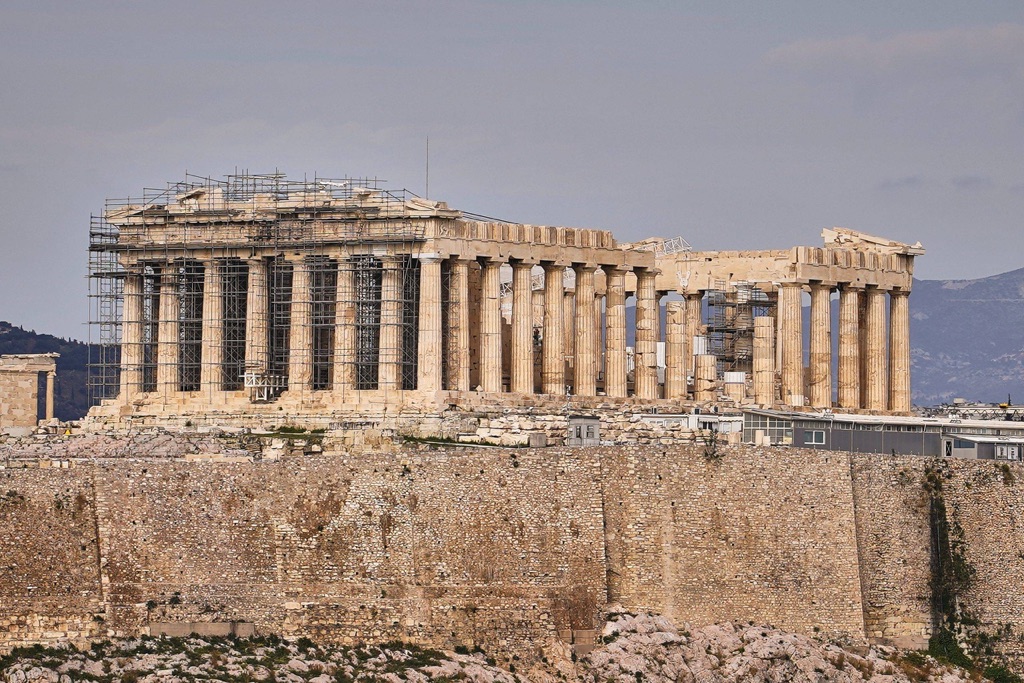Greece is one of the most visited countries on the planet, and it’s easy to see why, with it’s wealth of History and it’s multitude of historical landmarks and ancient ruins. If you’re thinking of visiting, here are some of the top attractions throughout the Greek islands.
Get your dose of History via Email
Greece, the cradle of Western civilization, is a land where history is alive in the whispering ruins, majestic temples, and timeless landscapes. This enchanting country, bathed in the luminous light of the Mediterranean, has been the stage for some of the most pivotal moments in human history. From the philosophical musings in the Agora of Athens to the awe-inspiring Oracle of Delphi, from the grandeur of the Minoan palace of Knossos to the mystical sanctuaries of Olympia, Greece is a testament to the glories of its ancient past. The legacy of the ancient Greeks, with their monumental contributions to art, architecture, politics, and philosophy, resonates throughout the ages, inviting travelers to explore the origins of democracy, drama, and the Olympic Games.
Acropolis of Athens
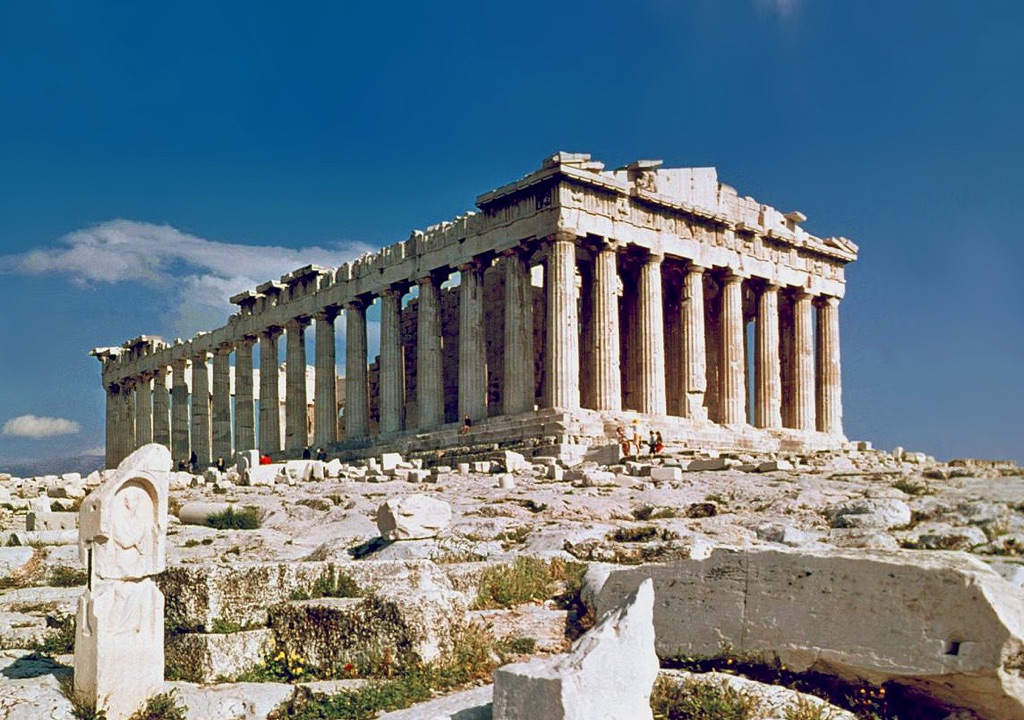
The Acropolis of Athens is a beacon of ancient civilization and democracy. It’s a citadel that contains the remains of several ancient buildings of great architectural and historic significance, the most famous being the Parthenon. Built in the 5th century BC, the Parthenon epitomizes Doric architecture. Visitors should aim to visit early in the morning or late in the afternoon to avoid crowds. Entrance fees vary, with combined tickets available for multiple historic sites in Athens.
Delphi
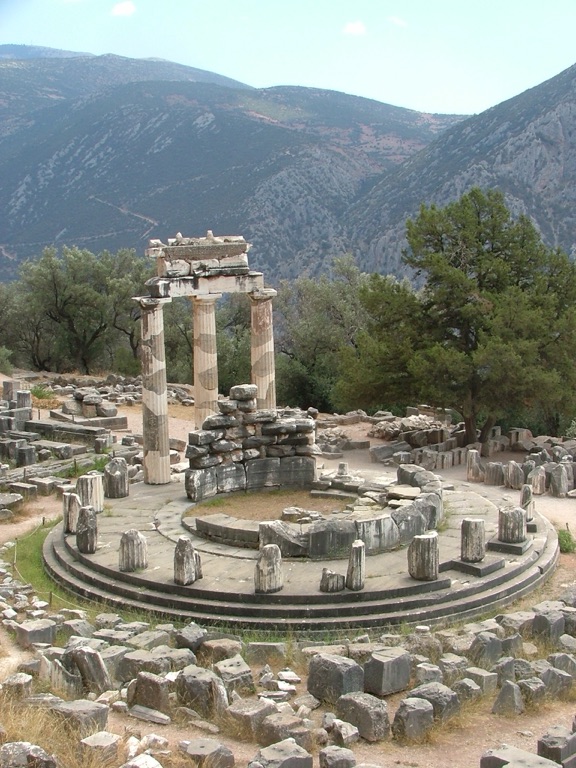
Delphi, once considered the center of the world by the ancient Greeks, is renowned for its oracle. This UNESCO World Heritage site, dating back to the 4th century BC, features the Temple of Apollo and a theater. The site’s stadium is a fine example of ancient Greek athletic venues. Spring and fall are ideal times to visit, offering pleasant weather and fewer tourists. There is an entrance fee, which includes access to the museum.
Olympia
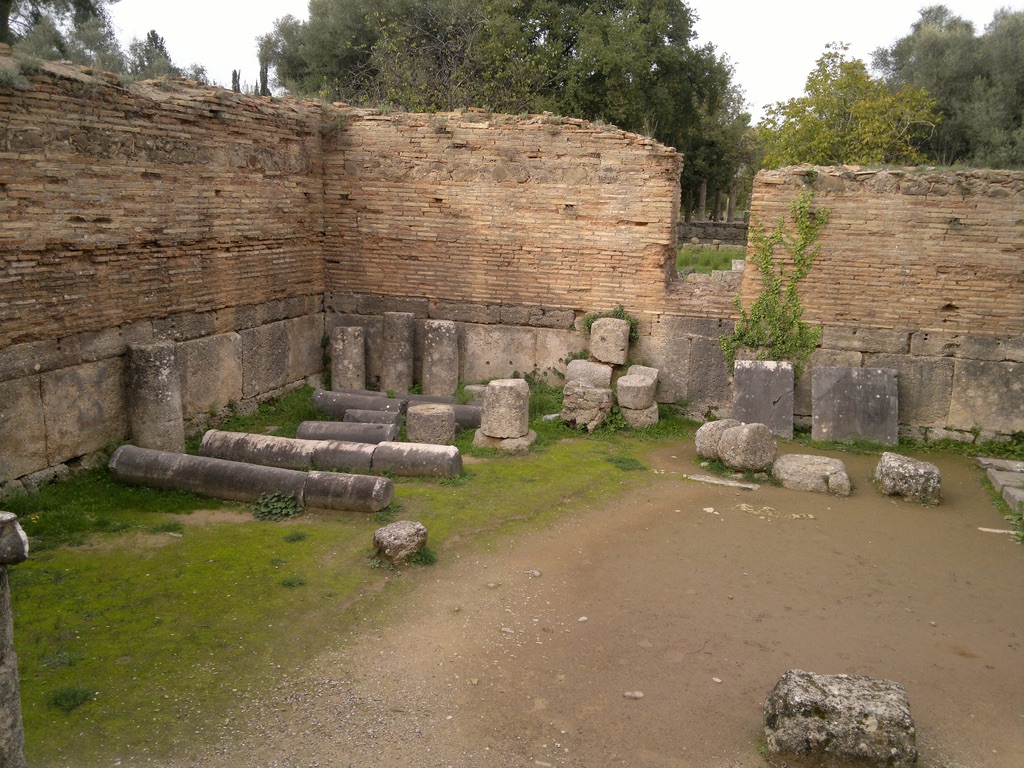
The birthplace of the Olympic Games, Olympia, holds immense historical significance. Established in the 8th century BC, it boasts the Temple of Hera and the Temple of Zeus. The site’s gymnasium and palaestra are key features, highlighting ancient athletic training facilities. The best time to visit is during the off-peak season to fully appreciate the site’s tranquility. Entrance fees are required, with the option to purchase a pass that includes the museum.
Knossos Palace
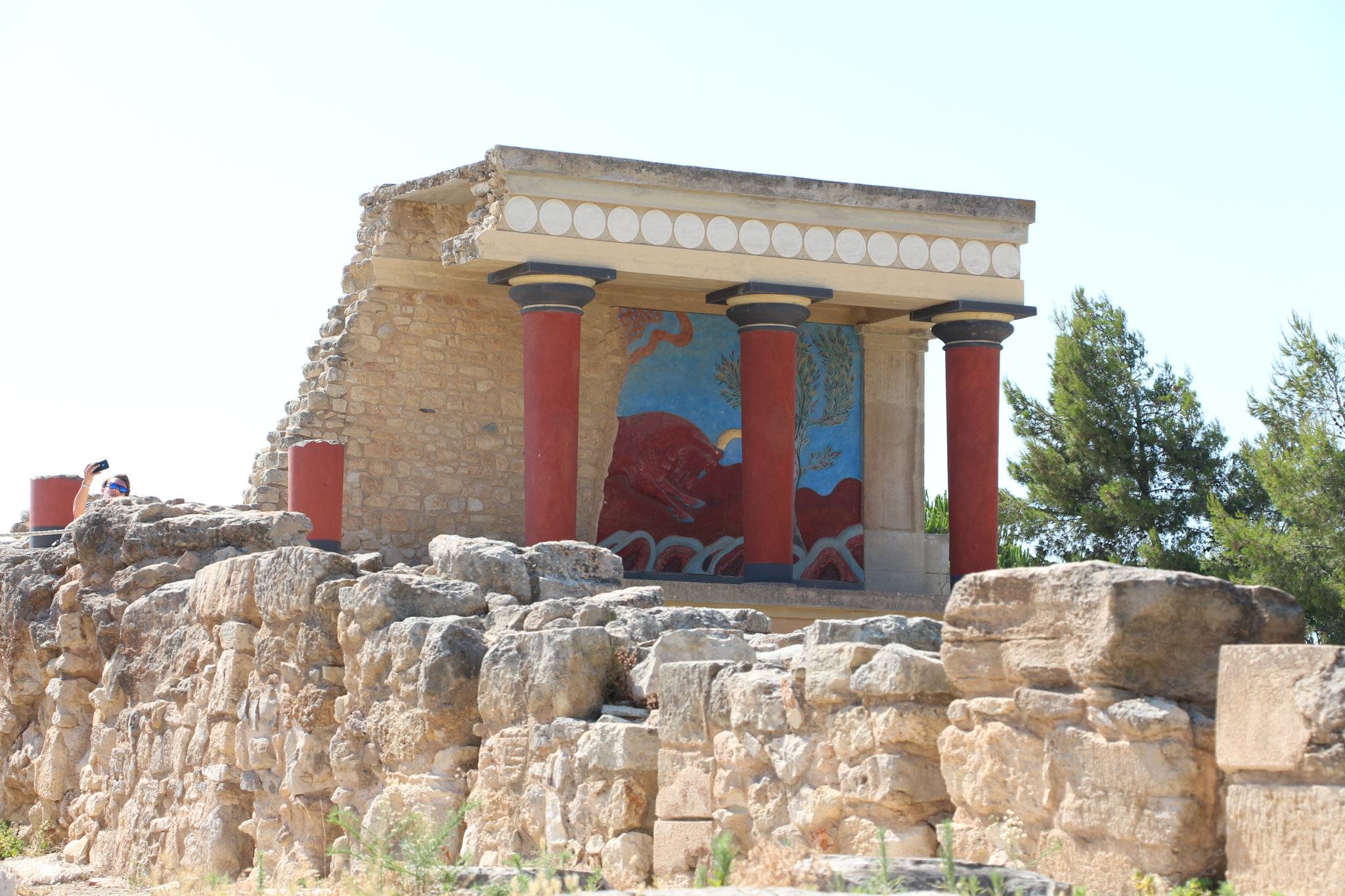
Knossos Palace is the largest Bronze Age archaeological site on Crete and is considered Europe’s oldest city, dating back to the 7th millennium BC. The palace is known for its advanced Minoan architecture, including an intricate labyrinth layout. Visitors should consider a guided tour to fully understand the site’s myths and history. The best visiting times are in the morning or late afternoon. There is an entrance fee, and combined tickets are available for the nearby archaeological museum.
Epidaurus
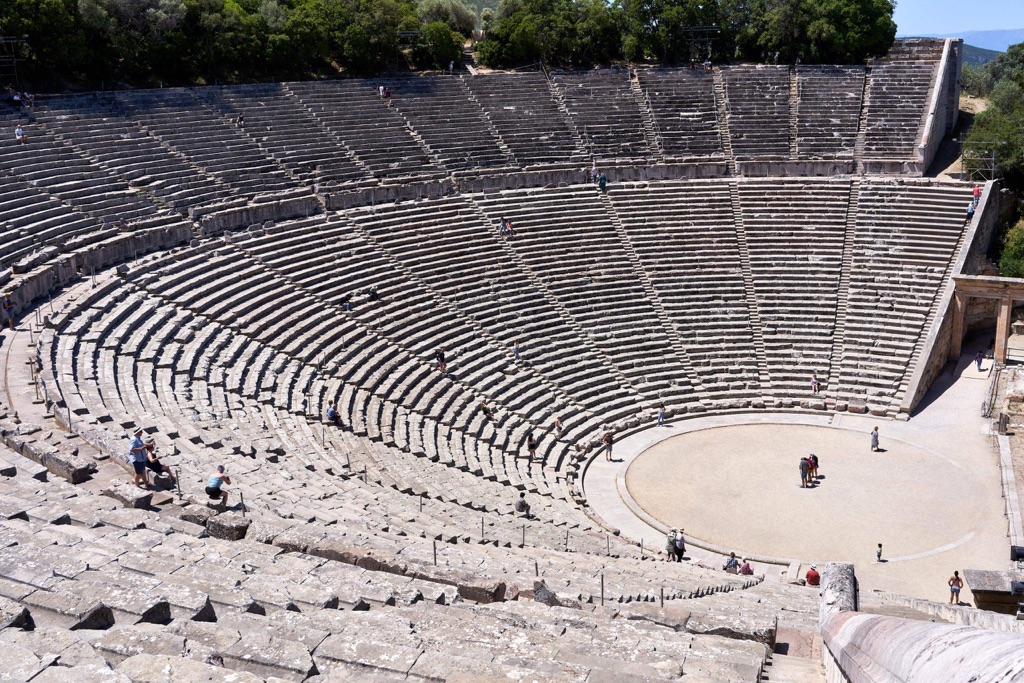
Epidaurus is famed for its ancient theater, which is renowned for its exceptional acoustics. Built in the 4th century BC, the theater is a testament to the architectural prowess of the ancient Greeks. The site also includes a sanctuary dedicated to the healing god Asclepius. Visitors should attend a performance if possible, for a truly immersive experience. The theater is most enjoyable in the summer months, and there is an entrance fee for the archaeological site and museum.
Mycenae
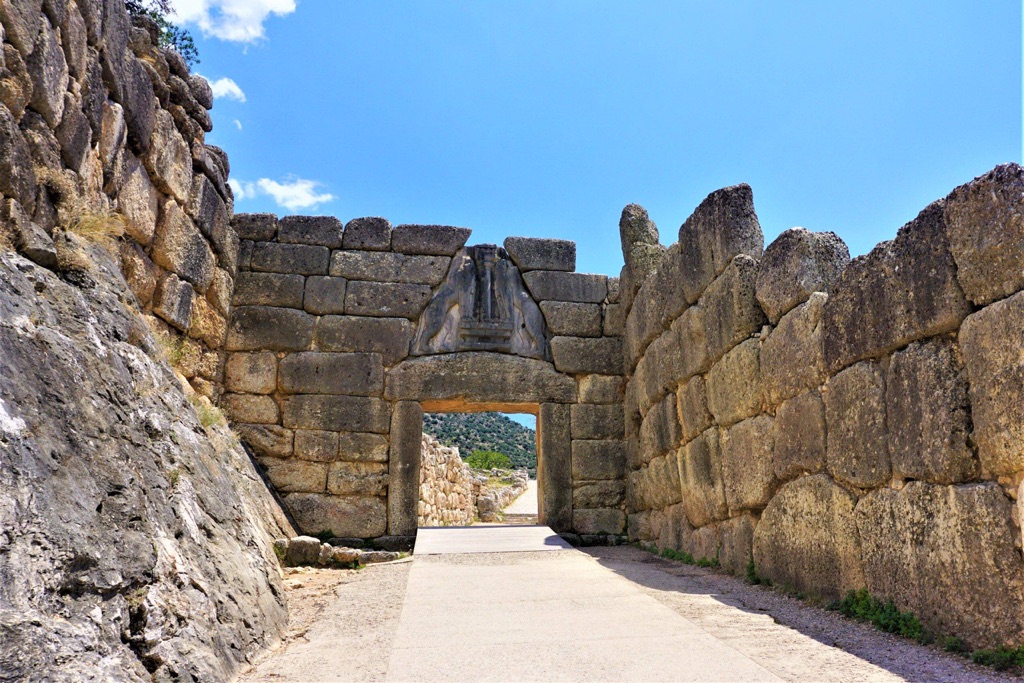
Mycenae is a legendary site linked to Homer’s epics. It thrived during the late Bronze Age, around 1350 BC, and features the iconic Lion Gate and the Treasury of Atreus. The site’s cyclopean walls are a marvel of ancient engineering. To avoid the heat and crowds, visit in the early morning or late afternoon. Entrance fees apply, and there’s an option to buy a ticket that includes the museum.
Temple of Hephaestus
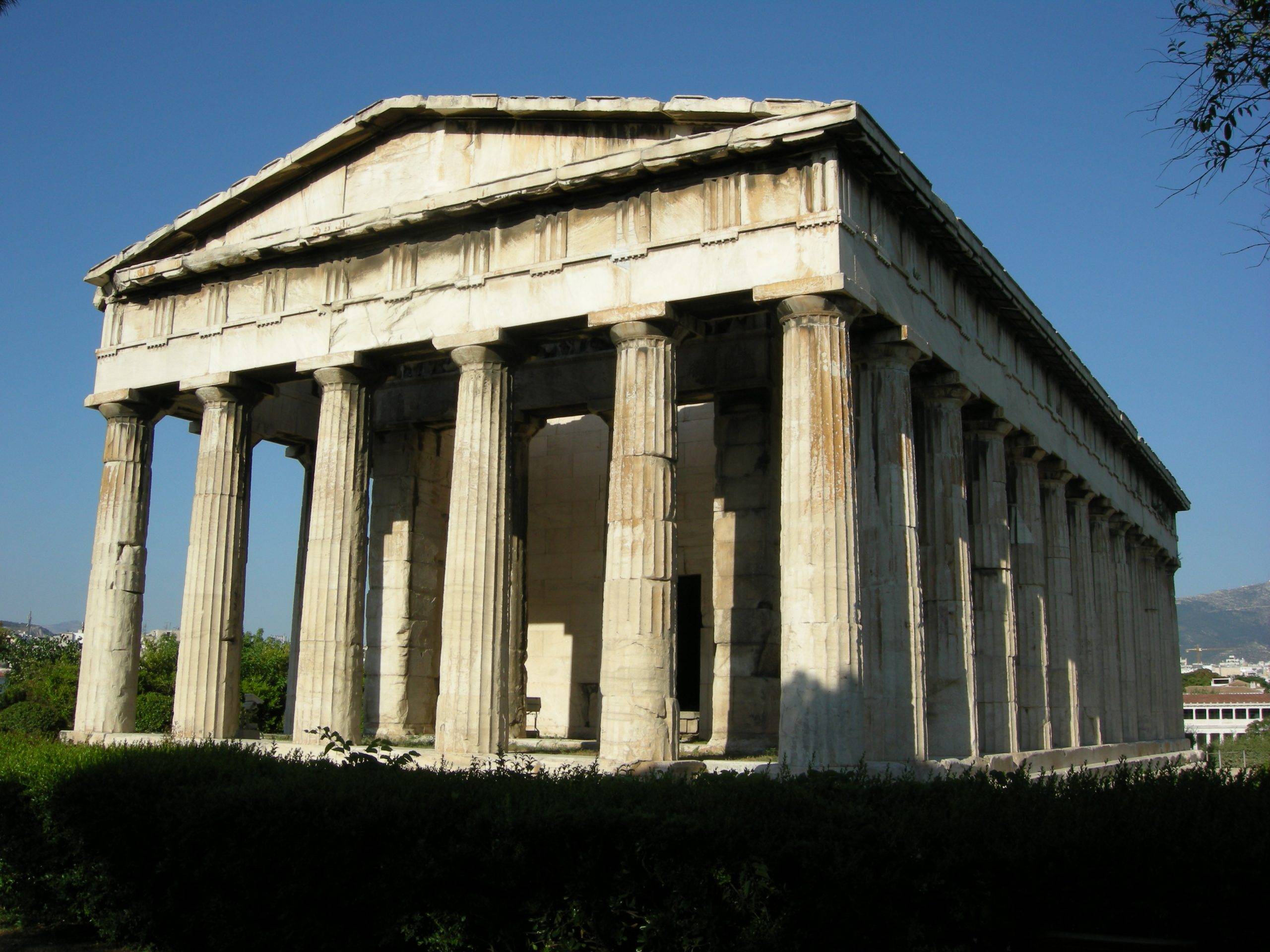
The Temple of Hephaestus, located in Athens, is one of the best-preserved ancient Greek temples, dating back to 450 BC. Dedicated to the god of craftsmanship, it showcases classic Doric architecture. The temple stands in the Agora, the heart of public life in ancient Athens. Late spring and early fall are ideal times to visit, offering mild weather and fewer tourists. A modest entrance fee covers access to the Agora and the temple.
Lindos Acropolis
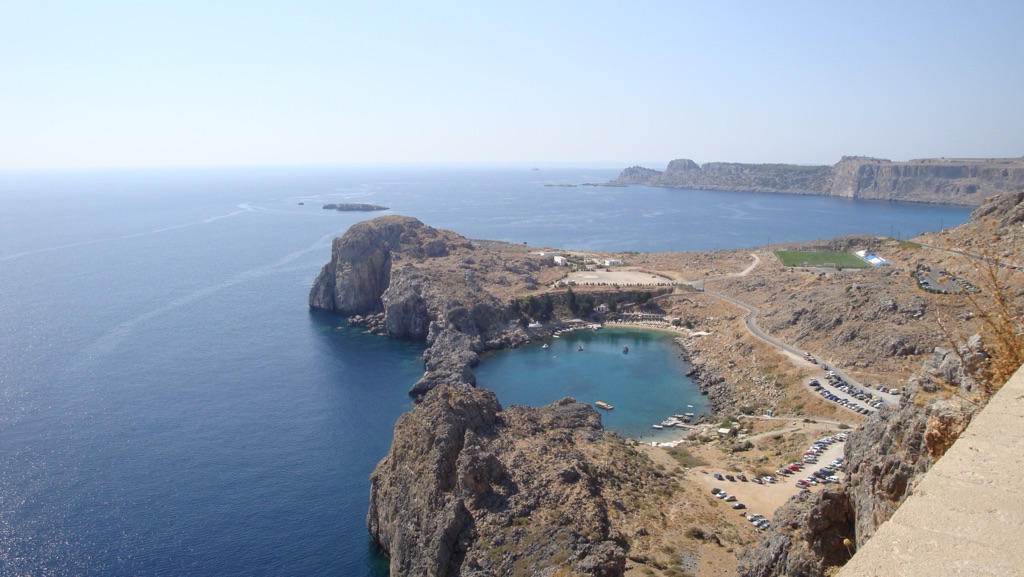
The Acropolis of Lindos on the island of Rhodes offers stunning views of the surrounding sea. Dating back to the 4th century BC, it features a Doric temple of Athena Lindia. The site’s Hellenistic staircase is a notable architectural element. Visitors should wear comfortable shoes for the climb and visit early to enjoy cooler temperatures. There is an entrance fee, and it’s advisable to check for combined ticket options with other local attractions.
Corinth
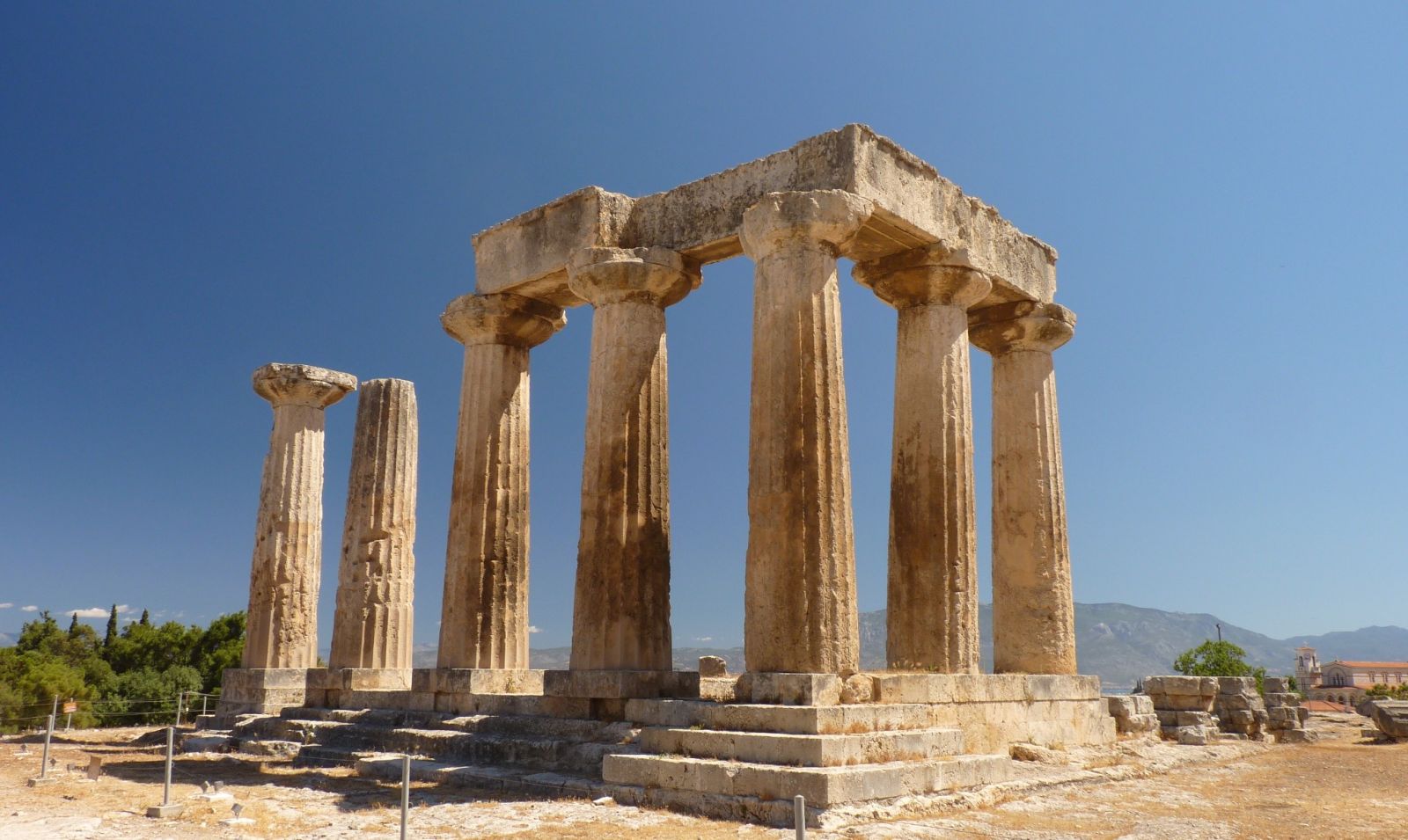
Ancient Corinth was a major city-state in classical Greece, with its heyday in the 8th century BC. The site includes the Temple of Apollo and a well-preserved agora. The Acrocorinth fortress offers a glimpse into the city’s defensive structures. The cooler months are the best time to explore the extensive ruins comfortably. There is an entrance fee, which includes access to the archaeological museum.

